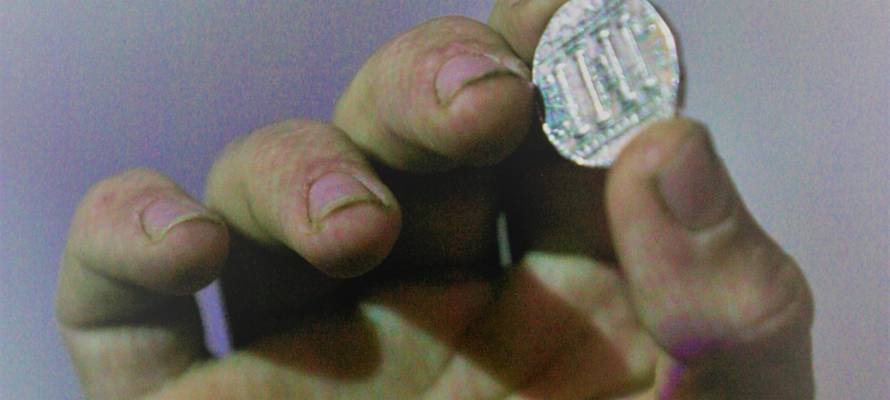The rare archeological find was made in a cave near Modiin.
By: Beth Stern, United with Israel
A coin dating from the third or fourth year of the Jewish revolt led by Bar Kochba against Rome some 1,800 years ago has been found in a cave north of the city of Modiin, Israeli media sites reported Thursday. This could mean that either refugees from the revolt, which centered in Jerusalem, fled that far to escape the fighting (about 19 miles west), that the revolt itself spread that far – or both.
On one side of the coin there is an image of a palm tree with seven branches and two clusters of fruit and the Hebrew letters shin, mem, and ayin, which researchers presume are the first three letters of the name Shimon (Bar Kochba’s first name). This name appears on most of the coins found so far from the time of the revolt.
On the other side of the coin is a tri-lobed grape leaf and a partial inscription that can be read as “for the freedom of Jerusalem,” which was also commonly found on coins of this era. Other coins showing the words “for the redemption of Israel” and “for the freedom of Israel” have also been found.
The archaeologists also found shards of pottery and glass next to the coin that have been dated to the ultimately unsuccessful Jewish rebellion against the world power of the day.
The rare find was made in a karstic cave near the village of Kibia during an archaeological study of the region jointly conducted by the Archeology Unit of the Civil Administration, Bar-Ilan University and the University of Ariel. Since 2014, teams from the Civil Administration have been implementing the Southern Samaria Survey in a search for historical findings, which this coin most assuredly is.
The largest cache of rare coins ever found in a scientific excavation from the period of the Bar Kochba revolt was discovered in 2009 in a deep cavern in the Judean hills. Some 120 gold, silver and bronze coins were found along with some pottery and weaponry, which were in excellent condition.
